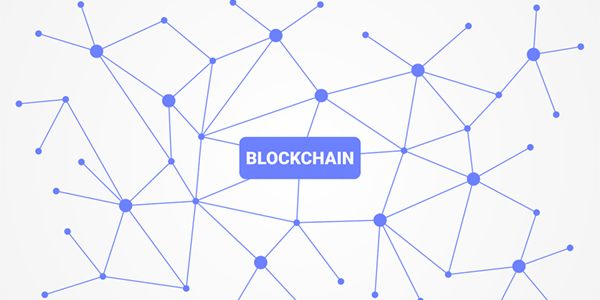Will Blockchain be a game changer in energy?

Let’s start with some theoretical aspects, according to Wikipedia, a Blockchain, originally block chain, is a growing list of records, called blocks, that are linked using cryptography. Each block contains a cryptographic hash of the previous block, a timestamp, and transaction data. It’s origin dates back to the 1990s but the first notable application (Bitcoin) had to wait almost 20 years. The immense power of blockchain resides in distributing the authority to certify every transaction not through a centralized platform but thanks to a peer-to-peer network of nodes. Once recorded in the database, every block with its timestamp cannot be altered, tampered or modified (or at least this operation would require tampering with most nodes in the network). The other advantages of blockchains are drastically reducing the costs and increasing the speed of transactions by taking away the power of third-party intermediaries.
The first applicability of Blockchain is cryptocurrencies beside this there are many other applications already in the field, such as social networks, certification of origin for diamonds and wine, international payments and charity.
“Like the Internet, blockchain is an open, global infrastructure upon which other technologies and applications can be built. And like the Internet, it allows people to bypass traditional intermediaries in their dealings with each other, thereby lowering or even eliminating transaction costs”
— World Economic Forum, 2016
Below start-up/ unicorns dealing with blockchains on energy market:
SolarCoin is a reward for solar energy producers. The SolarCoin Foundation gives energy producers blockchain-based digital tokens at the rate of one SolarCoin (SLR) per Megawatt-Hour (MWh) of solar energy produced. SolarCoin is free. It is an additional reward for solar energy producers. It is separate from other incentives such as government subsidies or carbon credits. Whoever produces solar power may receive SolarCoin. SolarCoin is like air-miles for solar electricity generation – only better because it isn’t tied to one company. SolarCoin is global, decentralized, and independent of any government. The distribution part of the project is designed to last 40 years. SolarCoin is spendable and tradeable just like a cryptocurrency but focused on incentivizing real-world environmental activity: verifiably produced solar energy.Get involved and claim your free SolarCoins like thousands of others across 73 countries!
Another application is sharing of infrastructures, for example Brooklyn Microgrid, allows owners of roof solar panels to sell energy to their neighbours leveraging on the Ethereum blockchain. The aim of the project is well synthesized in their motto “taking the meter off the wall and putting your communities energy future in your hands”. A similar application in Europe comes from Vattenfall Powerpeers.
Slock.it (founded by some of the Ethereum project team former members) is partnering with Innogy to develop a network of shared charging stations for electric vehicles, thus helping solve one of the problems of these infrastructures: interoperability (the other being the agreement on the plug standard…).
Further readings (sources):
https://www.linkedin.com/pulse/blockchain-game-changer-energy-alessandro-leona/












